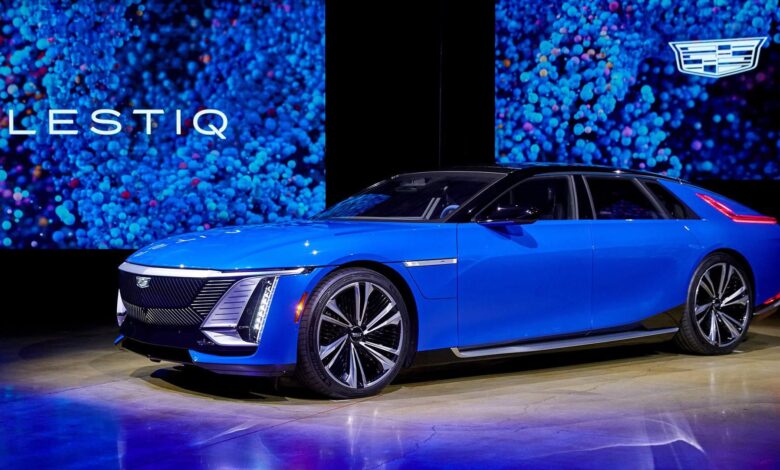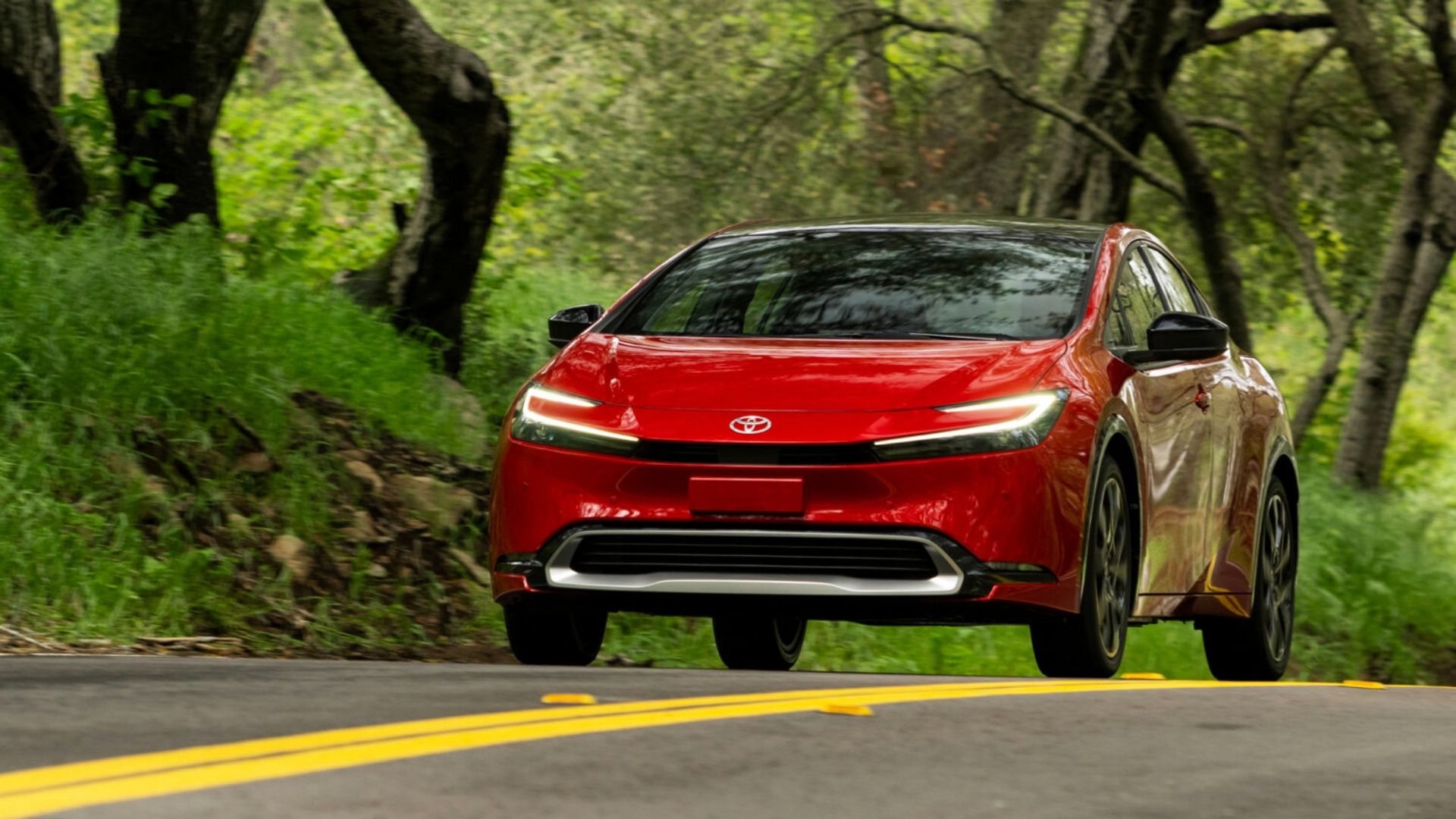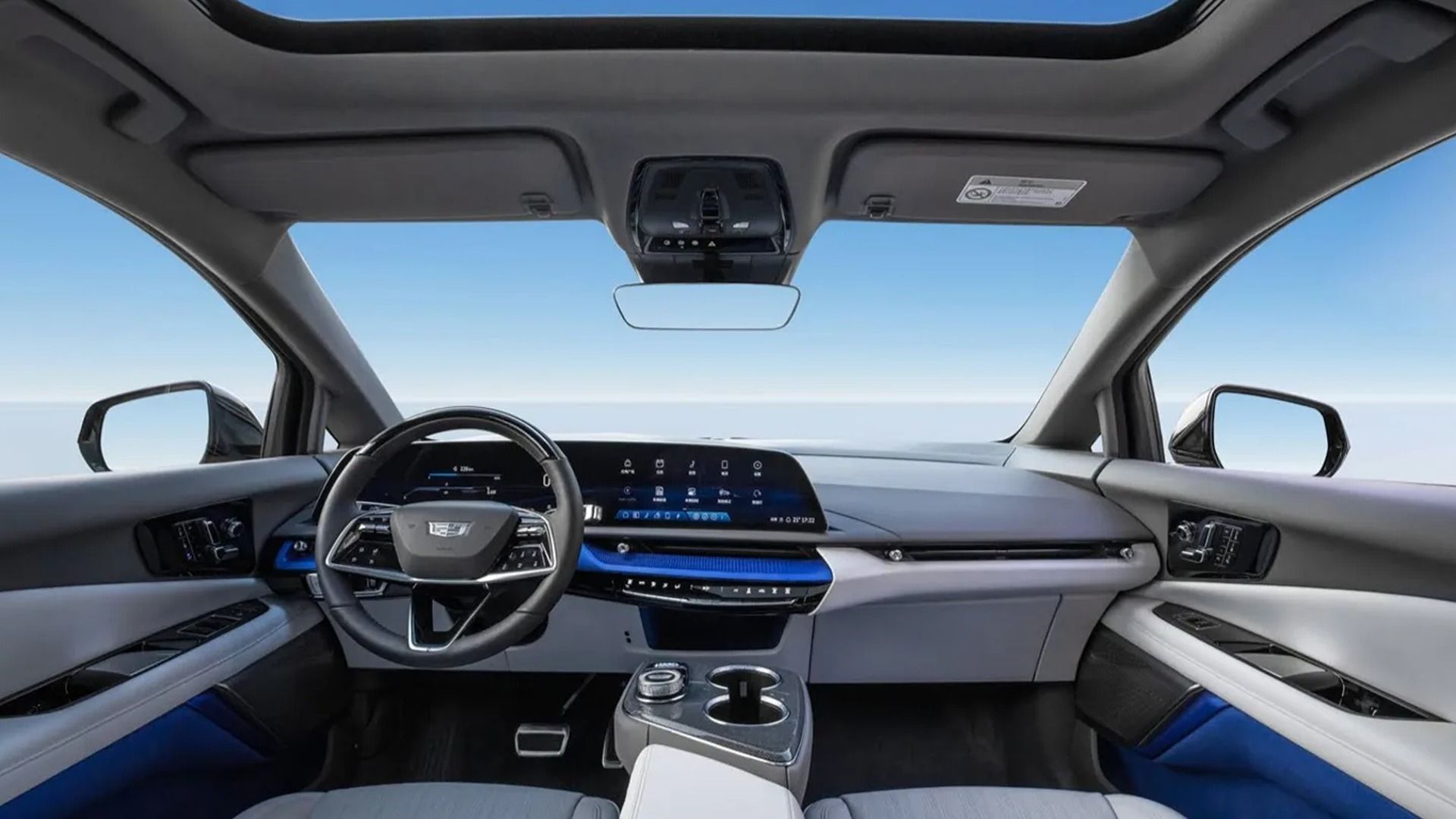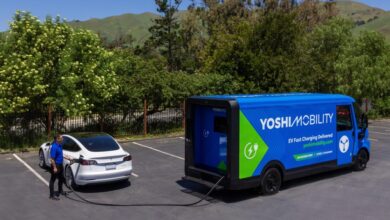Cadillac Will Continue Offering ICE Cars Beyond 2030 As All-Electric Plans Change

Key Takeaways
- Cadillac isn’t delaying any of its planned EV models and could consider adding more.
- Demand for the Lyriq, Caddy’s first all-electric model, is exceeding initial expectations.
- With EV sales slowing, Cadillac plans to retain vehicles using internal combustion engines if demand is there.
Cadillac’s promise to become an all-electric brand by 2030 likely won’t be fulfilled, the brand’s top executive said Wednesday. While it will continue to roll out new EVs, such as the Optiq, Escalade IQ, and $300,000 Celestiq, John Roth said gas-powered models will “co-exist” with Cadillac EVs “for a number of years.”
2024 Cadillac Celestiq
- Base MSRP
-
$340,000
- Engine
-
Electric
- Horsepower
-
600 hp
- Torque
-
640 lb-ft
- 0-60 MPH
-
3.8 seconds
Just three years ago, Cadillac announced one of the auto industry’s most aggressive EV programs, with then-brand boss Rory Harvey claiming that the luxury brand would “not be selling ICE vehicles by 2030.” Since then, Cadillac officials have adopted a mantra declaring that the brand would have an “all-electric portfolio” of models by decade’s end.
During a Wednesday morning media backgrounder on one of the five EVs Cadillac has so far confirmed, however, the importance of semantics came into play. Harvey’s successor, John Roth, said the General Motors luxury brand will move ahead with a “portfolio of all-electric vehicles.” Similar wording, but not the same as before, indicating EVs won’t be the only products that buyers will find in Cadillac showrooms.
“EVs and ICE, I want to make clear, will co-exist for a number of years. We want to make sure (Cadillac customers) have that luxury of choice.”
– John Roth, Global Cadillac Vice President.
An Uncertain Market
Asked to clarify, Roth said, “There are no absolutes [in an] industry that doesn’t follow a straight line.” When Cadillac officials first laid out plans to go 100% electric, the EV market was growing at an exponential rate. Demand grew eightfold from 2019 to 2023, with battery-electric vehicles last year accounting for 8% of the US market. But the pace of growth has slowed sharply.
It’s still expected to grow by 25% this year, according to forecasts from S&P Global Mobility and Guidehouse Insights. But there are also significantly more new entrants into the market, making it harder for manufacturers to justify the hefty cost of developing new products.
Ford, for one, has delayed $11 billion in new EV investments and held back several new entries. At Toyota, meanwhile, a senior executive talking to CarBuzz on background said, “We keep revising our plans.”
That’s true for Cadillac’s parent, General Motors, too, where CEO Mary Barra’s marching orders had put the company “on a path to an all-electric future.” Barra recently revealed that GM will add some plug-in hybrids to the mix, the company seeing them as a “bridge” technology for those buyers not yet comfortable going all-electric.

Related
Toyota Benefits As California Falls Out Of Love With EVs
Registrations for new hybrids took a jump in California while electric registrations slowed.
The (Revised) Plan Moves Forward
Cadillac isn’t walking away from its EV plans, Voth stressed during a follow-up conversation with CarBuzz. It still intends to launch a “portfolio” of EVs, five of which have already been announced:
- The entry-level Optiq, expected to go on sale later this year;
- The midsize Lyriq, Caddy’s first EV to reach market. After a slow launch, it is now outselling rival products from brands such as Audi, BMW, Lexus and Mercedes-Benz;
- The three-row Vistiq;
- The Celestiq, a $300,000, an exotic grand tourer; and
- The Escalade IQ, the all-electric version of Cadillac’s current flagship.
More To Come
The automaker also has teased a concept model, dubbed Opulent Velocity, which is expected to preview a high-performance model that would be the first all-electric entry into the Cadillac V-Series. John Cockburn, Optiq’s chief engineer, told CarBuzz that the automaker would be open to building an even smaller, less expensive model that could slot below the new Optiq in the Cadillac EV line-up.

Related
Cadillac Shows Off Optiq EV Interior Early
GM has given us a sneak peek at the Optiq’s cabin, with clear influence from the high-end Lyriq.
But it has also ordered updates of the internal combustion engines used in products such as the CT5 sedan and XT5 crossover, and those could continue to be available in Cadillac showrooms well into the next decade. “We have great marketing flexibility,” said Roth, stressing that Cadillac must “always [be] listening to our customers.”
When asked whether Cadillac might be one of the GM brands that will add plug-in hybrids to its line-up, Roth didn’t rule it out. Sam Abuelsamid, principal auto analyst with Guidehouse Insights, said it “would make sense,” particularly with the big Escalade model, which would have more than enough room to fit an electrified combustion drivetrain that would effectively yield unlimited range.

Related
EPA Vs. WLTP Vs. CLTC – Comparing Fuel Consumption Figures From Around The World
Which test is the most accurate?
Luxury EVs
What Roth stressed is that Cadillac could yet go all-electric – perhaps even as early as 2030 – if EV sales regain momentum. “One thing I learned in 35 years in the industry is that it does not follow a straight line,” he said.
If anything, the luxury market seems better positioned than mainstream segments, he noted, adding that GM research shows that, even now, 60% of high-line buyers are willing to consider all-electric vehicles.
Where EVs accounted for 8% of total US new vehicle sales last year, the figure was 12.5% for Cadillac, and with Lyriq now averaging about 2,000 sales a month, that jumped to 17% for the brand during the first quarter of 2024. In fact, the all-electric model is now the brand’s second-best-selling utility vehicle.



